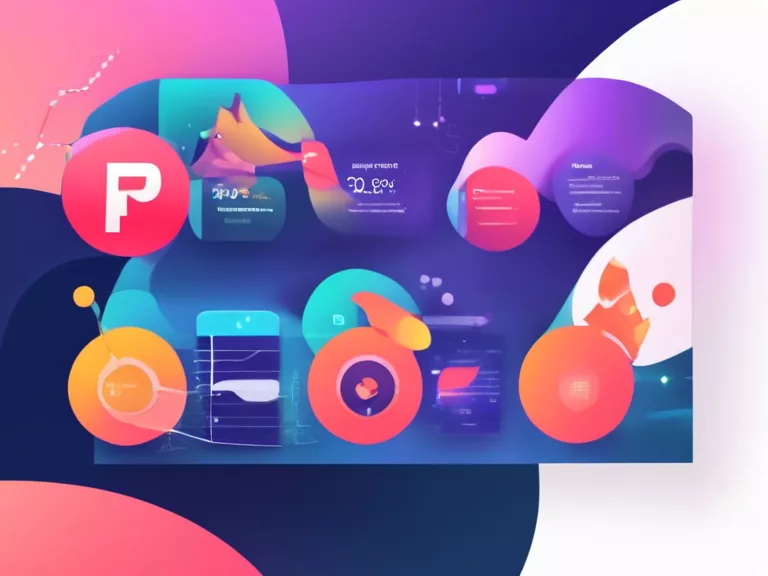
Design software can be overwhelming for non-designers, but mastering the basics is essential for creating visually appealing content. Here are some top tips to help non-designers navigate design software with ease.
Start with tutorials: Most design software comes with built-in tutorials or online resources to help users familiarize themselves with the basics. Take advantage of these resources to learn the key features and tools of the software.
Practice regularly: Like any skill, mastering design software requires practice. Set aside time each day to experiment with different tools, create mock projects, and play around with different design elements.
Start simple: Don't feel pressured to create complex designs right away. Start with simple projects like creating social media graphics or editing photos. As you become more comfortable with the software, you can gradually work your way up to more advanced projects.
Use templates: Many design software programs offer pre-made templates for various design projects. These templates can be a great starting point for non-designers to create professional-looking designs without starting from scratch.
Get feedback: Don't be afraid to seek feedback from others, whether it's friends, colleagues, or online design communities. Constructive criticism can help you improve your design skills and learn new techniques.
By following these tips and taking the time to practice and experiment with design software, non-designers can become proficient in creating visually appealing content.


